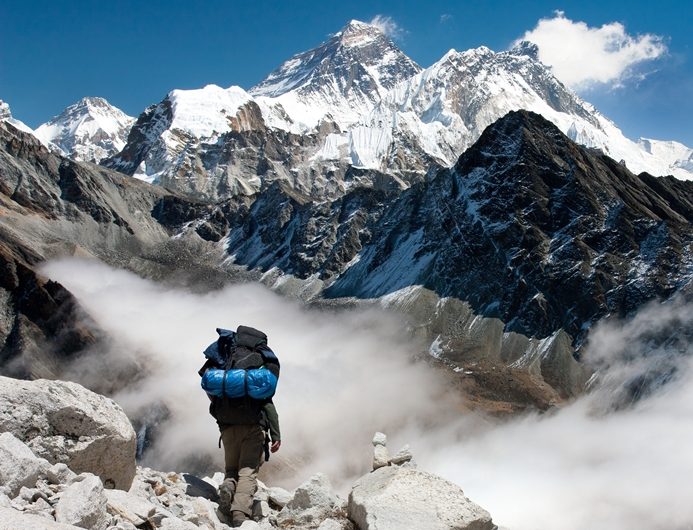Some people call it Sagarmatha, while others refer to it as Chomolungma. There was even a time when it was only called Peak XV, and not many people knew about it. However, today the story is altogether different. It is perhaps the most well-known geographical feature on earth. Yes, I am talking about the mighty Everest – the highest point on earth. The pride of Nepal, the mountain peis a part ak kisses the sky at 29029 feet. Even 10 Burj Khalifas placed one above the other can’t match that height. Mt. Everest of the Himalayas which didn’t just emerge overnight. It took Mother Nature millions of years to carve the rocky marvel. I guess such spectacular things do take time to form. You’d be fascinated to know that the Himalayas are still rising steadily; about a few millimeters every year.
Explore: Mount Everest Base Camp Trek
The Everest Region
Not just the peak, but the whole Everest region is a marvel of nature. The massif in which the peak lies is home to Nuptse and Changtse, both of which lie at an altitude of more than 25750 feet. Lhotse, the fourth highest peak in the world, at almost 28000 feet, is also located here. But that’s not all! The region also boasts expansive glaciers and serene valleys. The landscape, which is dominated by the world’s highest mountain, is beautiful in its every corner. Everywhere you look here is scenery, tempting you to immortalise it on a canvas, and every moment is a photography opportunity, asking you to take out your camera and fill the memory card. Besides, there’s a lot more to see and explore here. Let’s take a look at these.
Must Read: Why ‘One Is Not Enough’ For Mount Everest Base Camp: A Detailed Account of the EBC Trek
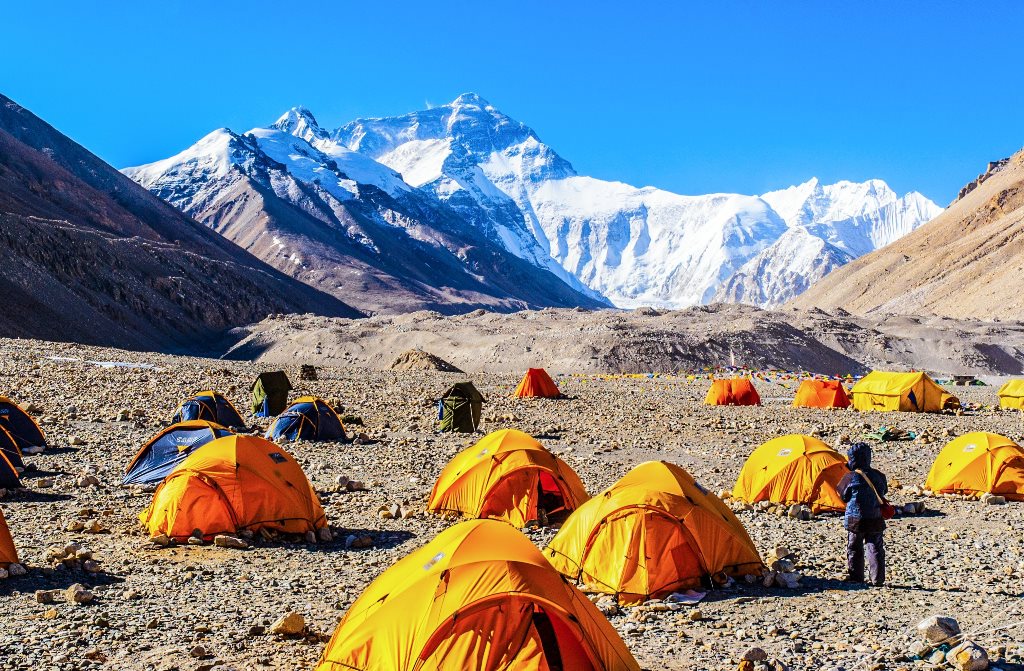
The Beasts of the Everest
The harsh climate near the peak of the Everest doesn’t allow animals to survive here, but its surrounding region is home to many. Owing to its significant biodiversity, the area has been declared a protected territory, namely Sagarmatha National Park. It has also earned a name in the UNESCO World Heritage list. The 124400-hectare park, in the Solu-Khumbu district of Nepal, is home to eight peaks that are over 23000 feet above sea level, including, of course, the Everest. The wildlife found here is just as fascinating as its landscape.
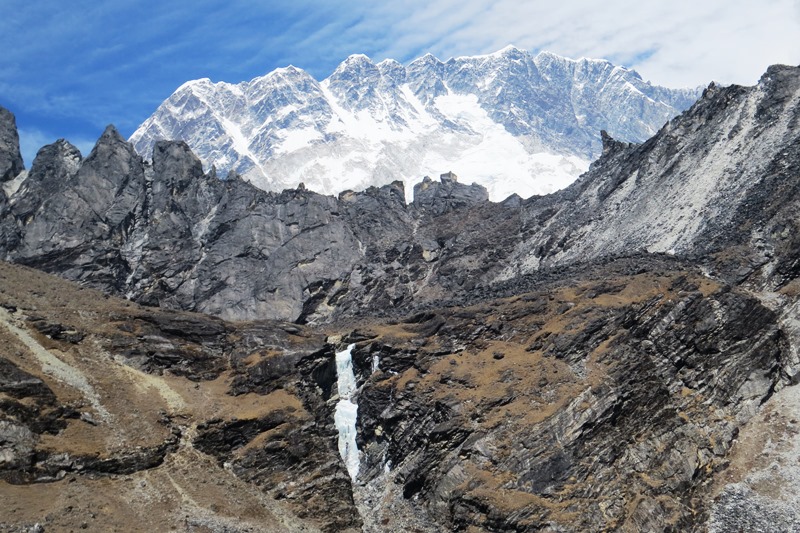
The first sight to look out for here is obviously of the snow leopard. These animals have evolved to survive in one of the cruellest climatic conditions on earth, and are only found at altitudes of thousands of feet. Did you know that these ferocious cats can jump up to 9 metres, which is about six times the length of their body? Another fun fact, the snow leopards are born blind and remain so for the first nine days of their life. These animals really do live a difficult life in this cold place. Apart from these, musk deer and Himalayan tahrs also reside here. The snow leopard might be a little tough to find but a common leopard can easily be spotted in the lower sections of the park. Here, you may also spot Himalayan black bears that are listed Vulnerable on the IUCN Red List.
Must Read: Lifesaver Tips: Planning Your Everest Base Camp(EBC) Trek
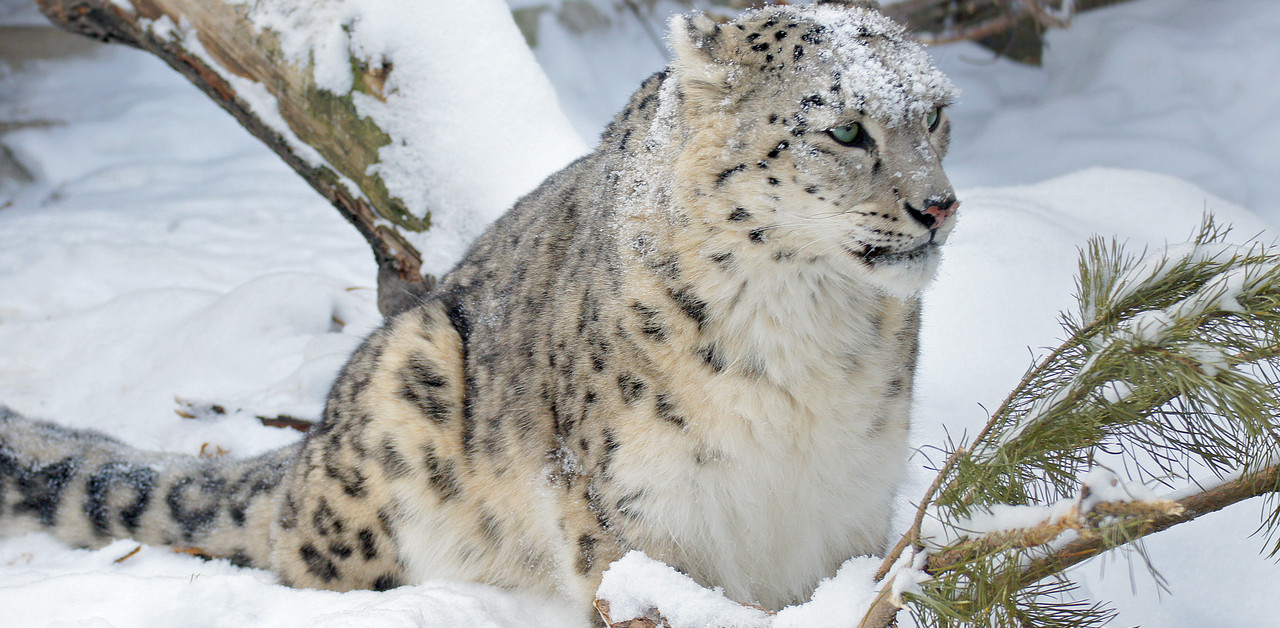
The national park is also home to many fuzzy red pandas. Almost 50 per cent population of these small cat-size balls of fur thrives in the Eastern Himalayas; hence, there are high chances of spotting one while trekking in the park. Little winged creatures have also learnt to survive in the harsh environment of this place. Astonishingly, almost 200 species of birds have been recorded here. The list includes alpine accentors, bar-throated sivas, black-necked grebes, black-throated thrushes, blood pheasants, blue-capped redstarts and brown dippers.
If you are one of those, who like fierce animals and have been waiting for more wildness, you’d really be amazed to see what’s next. The birds of prey, yes, the site is also home to a large number of these unforgiving birds. This list includes golden eagles, booted eagles, peregrine falcons, cinereous vultures and imperial eagles. Bearded vultures, counted among the largest birds of prey in the world, can also be seen here gliding hundreds of feet in the sky, looking for their next hunt. If you see them circling in the sky, you know that they have got their eyes on some meat and are ready to feast on it. Now I guess it’s clear why this harsh place has been given the status of a national park.
Must Read: Everest Base Camp or Annapurna Base Camp: Which one should you choose?
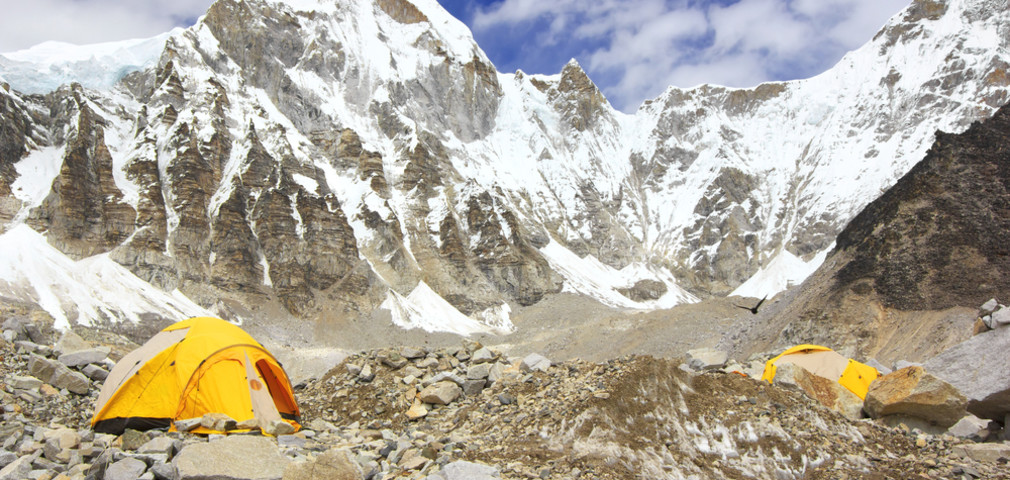
The Lakes of the Everest
You just cannot talk about the Everest Region and miss out to mention its mesmerising lakes. The area hides within itself the largest system of freshwater lakes in the world, referred to as Gokyo Lakes. At an altitude of over 15000 feet, every single one of the five major water bodies that make this system is more charming than the other. Pools of glacial water, spread over hectares and surrounded by the soaring Himalayan peaks; you can imagine the sight. Sometimes, when the turquoise water sits still, it reflects a faded image of the snow-capped mountain peaks and the clear blue sky. The lakes actually look like puddles of water left after a heavy rain, and since this is THE HIMALAYAS and everything is large here, the puddles are hundreds of metres in length and breadth.
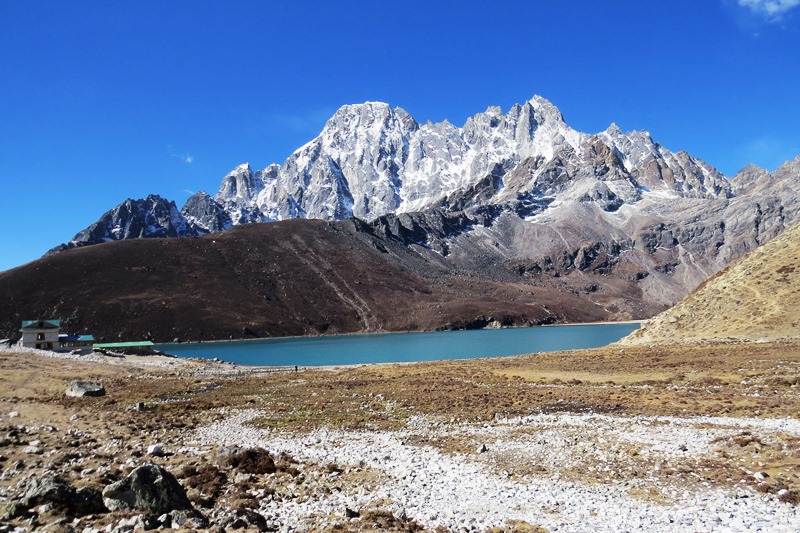
The country of Nepal is definitely full of spectacular sights; one on its every nook and corner. However, Gokyo Lakes have a unique charm that only a handful of places in the world possess. The waterbodies offer more than just mesmerising sights, these offer opportunities to come across the regional biodiversity. Supporting lives of numerous rare plants and animals, the lakes have been declared a part of the Ramsar Site, which shows their environmental significance. More than a dozen species of aquatic birds have been seen near the Gokyo and other lakes of the region. These include ferruginous ducks, demoiselle cranes and bar-headed geese. Besides, yellow-billed choughs or alpine choughs, as they are often called, are also found here. You’d be fascinated to learn that these tiny little birds have been seen flying at altitudes of over 26000 feet; hence, one of the highest residing birds on earth.
The beauty of these lakes convinces hordes of trekkers to put on their trekking shoes and embark on a strenuous 17-day journey in the rugged terrain of the Himalayas. This difficult yet challenging trek covers the different lakes of Gokyo along with many other marvels of the Everest Region, one of which is Gokyo Ri. The adventure takes thrill seekers to the summit of Gokyo Ri, at an altitude of 17575 feet. This is not even the highest point that trekkers reach on this trail. It is the peak of the Kala Patthar mountain, which lies at around 18190 feet.
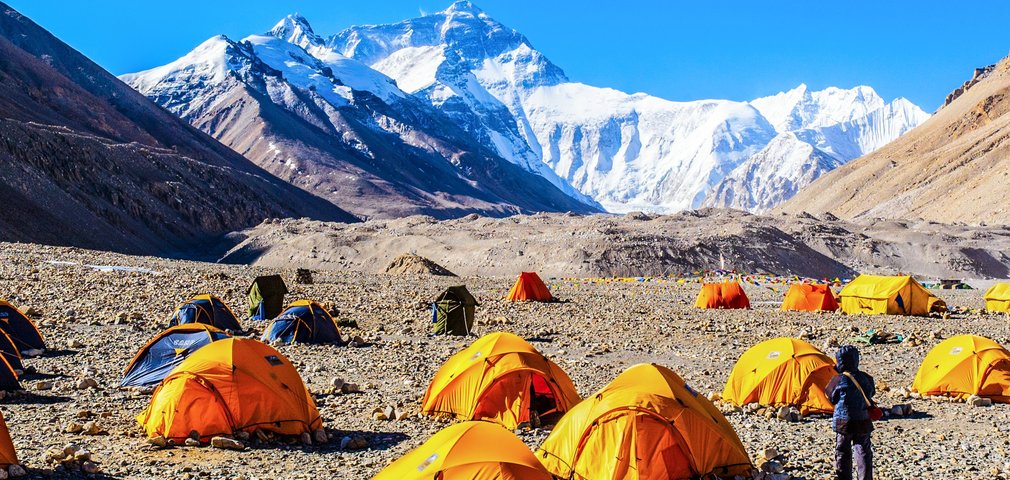
Well, that’s not all as this trek also unveils another aspect of the Everest Region, which is the culture. Undoubtedly, this is one of the remotest places in the world and only a few people have been able to survive here. But those who have, have been majorly untouched from the rest of the world. A few such spectacular hamlets include Phakding, Gorakshep, Lukla. Wait, there’s more! The journey also takes participants to the Everest Base Camp. Do I even need to say that the journey is full of magnificent sights? Vistas of Mt Everest, Cho Oyu, Ama Dablam, Ngozumpa Glacier and Thamserku treat your eyes.
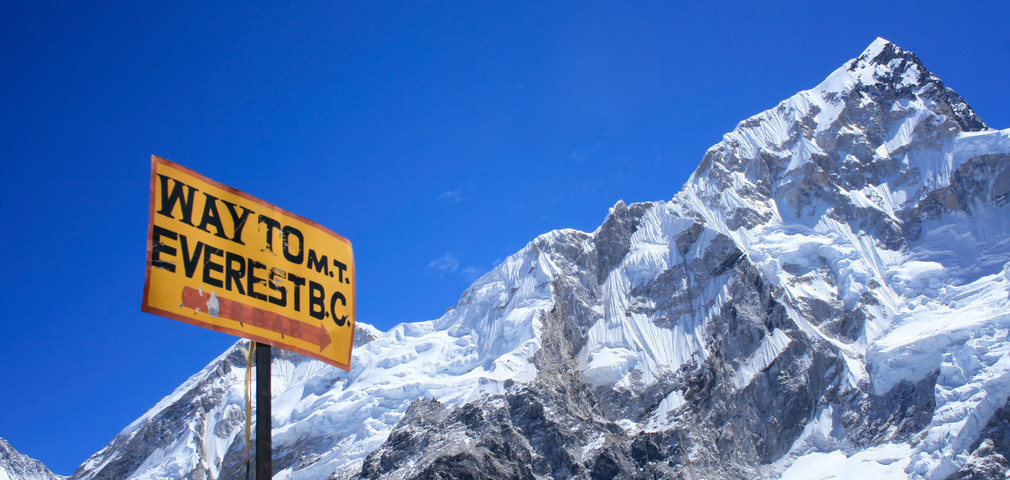
After elaborating about the different aspects of the Everest Region, namely wildlife and lakes, I guess you’d agree with me on the statement that there is more to it than what meets the eye. All these have been overshadowed by the mighty Everest, but I hope that through this blog, I have been able to shed some light on their charm. The region is not only about the highest peak in the world, but it’s a storehouse of rare flora and fauna, and many geographical features.

